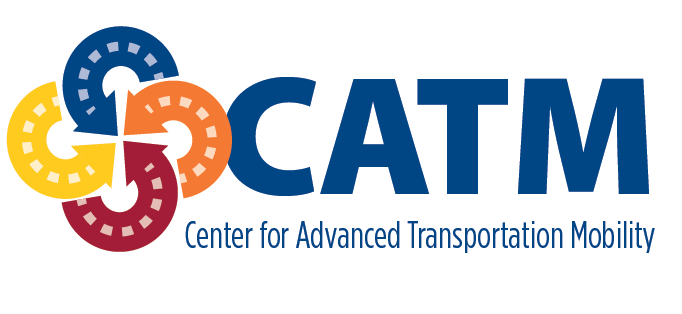Document Type
Article
Publication Date
8-2019
Keywords
Emergency; Evacuation; Simulation; Social force model
Abstract
The purpose of this study is to investigate human behavior in emergencies. More specifically, agent-based simulation and social force models were developed to examine the impact of various human and environmental factors on the efficiency of the evacuation process, through a series of case studies. The independent variables of the case studies include the number of exits, the number of passengers, the evacuation policies, and instructions, as well as the queue configuration and wall separators. The results revealed the location of the exits, number of exits, evacuation strategies, and group behaviors all significantly impact the total time of the evacuation. For the queue configuration, short aisles lower infection spread when rope separators were used. The findings provide new insights in designing layout, planning, practice, and training strategies for improving the effectiveness of the pedestrian evacuation process under emergency.
Recommended Citation
Liu, Dahai; Namilae, Sirish; Cheng, Yixuan; Lee, Sang-A; Derjany, Pierrot; Chen, Jie; Thropp, Jennifer; and Seong, Younho, "Multi-scale Models for Transportation Systems Under Emergency Conditions" (2019). Center for Advanced Transportation Mobility. 16.
https://digital.library.ncat.edu/catm/16


